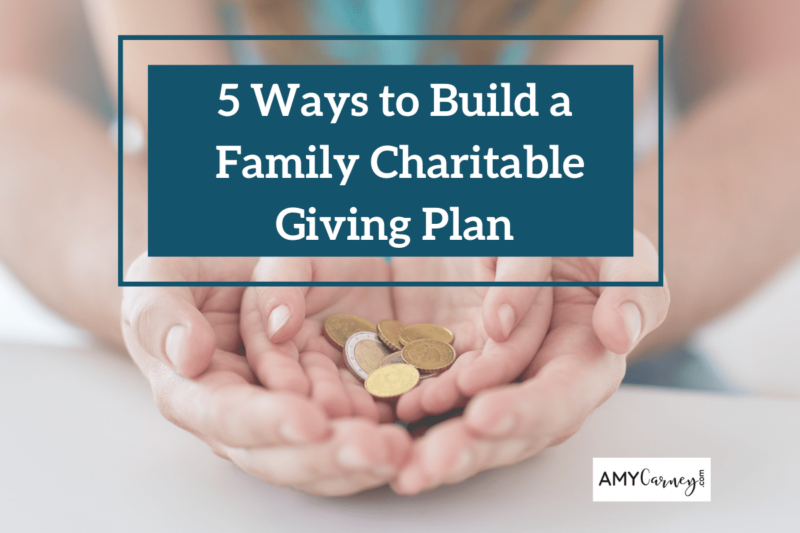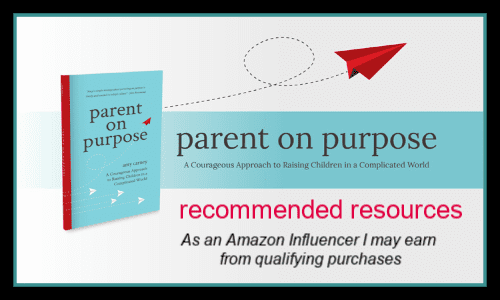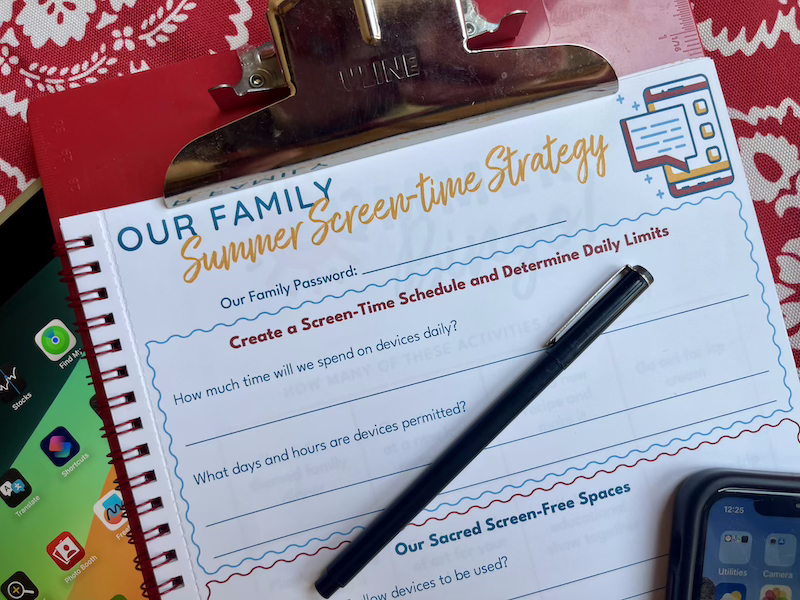4 Ways to Prioritize Giving in Your Family
In a world that often emphasizes getting over giving, it’s important to cultivate a spirit of generosity within our homes. As parents, we have the opportunity to shape our children’s hearts by making giving a natural and meaningful part of our family culture. When generosity is woven into daily life, it becomes more than an occasional act—it becomes a core family value.
If you’re looking for simple, intentional ways to prioritize giving in your home, here are four meaningful strategies to help you get started.
1. Model Generous Giving
Our children are always watching us, learning more from our actions than from our words. If we want them to develop a heart for giving, we must first demonstrate it ourselves. Do your children see you giving joyfully and consistently? Do they witness you responding to others’ needs with kindness and generosity?
Make generosity a visible and intentional part of your life. Whether it’s donating to a cause you care about, volunteering in your community, or offering help to a neighbor, let your children see the impact of a giving heart.

2. Create Giving Traditions in Your Home
Giving doesn’t have to be a random act; it can be a cherished family tradition. Establish simple, meaningful ways to give throughout the year. Consider creating a blessing jar where family members contribute spare change and small donations. At the end of the year, decide together who to bless with the collected funds.
Learn how to start a Blessing Jar tradition
Find creative ways to make giving a part of your family’s rhythm—adopting a family in need during the holidays, baking cookies for first responders, or writing letters to nursing home residents. These traditions not only help others but also strengthen your family’s bond and reinforce the joy of giving.
3. Communicate About Your Giving
Talk openly with your children about where your family gives and why. When kids understand the impact of their generosity, they develop a deeper connection to the act of giving.
Make conversations about giving a regular part of your family discussions. Share stories about the organizations you support, ask your kids what causes matter to them, and explore ways to give beyond financial donations—such as donating clothes, sharing talents, or offering time to serve others.
Encouraging these conversations empowers children to take ownership of generosity and recognize that they, too, have something valuable to offer the world.
4. Make a Family Giving Plan
Giving is most effective when it’s intentional. Rather than treating it as an afterthought, create a family giving plan that aligns with your values. Involve your children in deciding how much to give, where to give, and why it matters.
Encourage your kids to research causes they care about and take an active role in choosing how to contribute. By making them part of the decision-making process, you’re equipping them with the tools to become compassionate, generous adults who give with purpose.
Explore ways to build a Family Charitable Giving Plan
Make Giving Who You Are, Not Just What You Do
Make generosity a defining characteristic of your family. Let giving become more than just something you occasionally do—let it be woven into your family’s identity. When we raise children who understand the joy of giving, we help shape a world that is kinder, more compassionate, and more connected.
Start today. Find one small way to give as a family and watch how it transforms not just those you help, but your own hearts as well.





Leave a Reply
Want to join the discussion?Feel free to contribute!